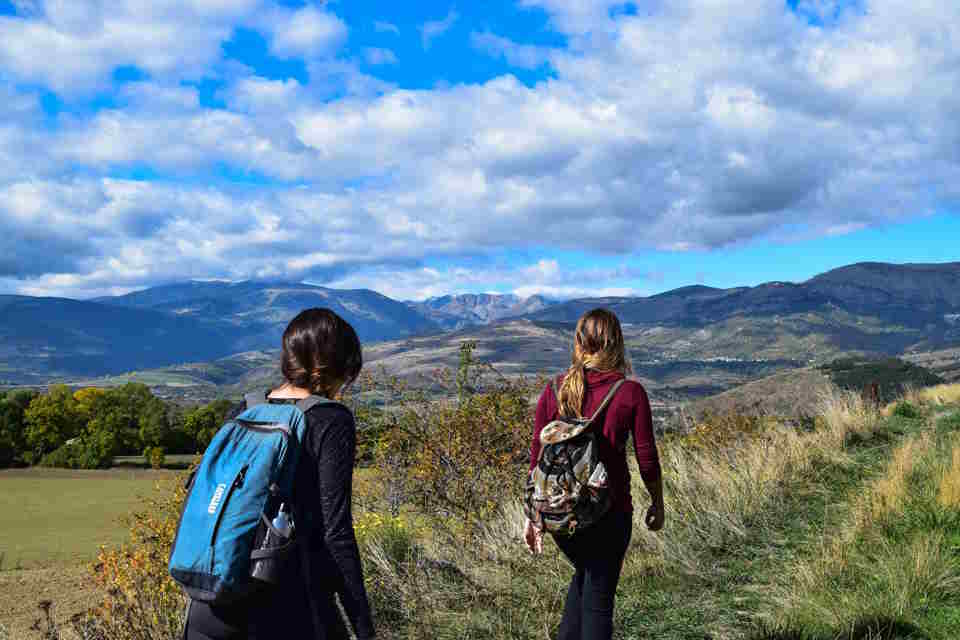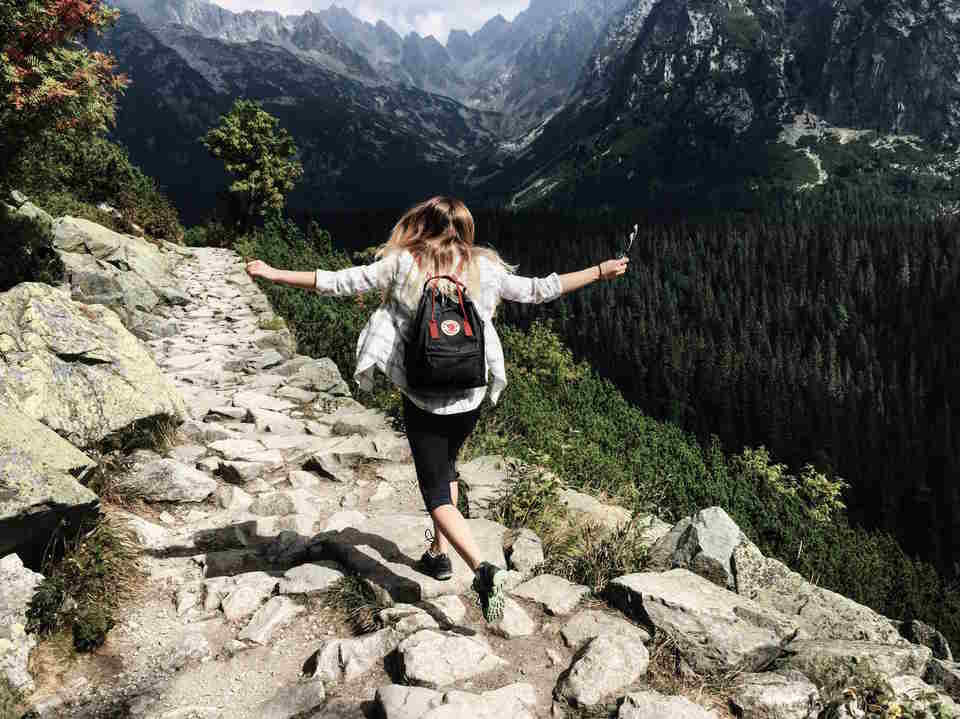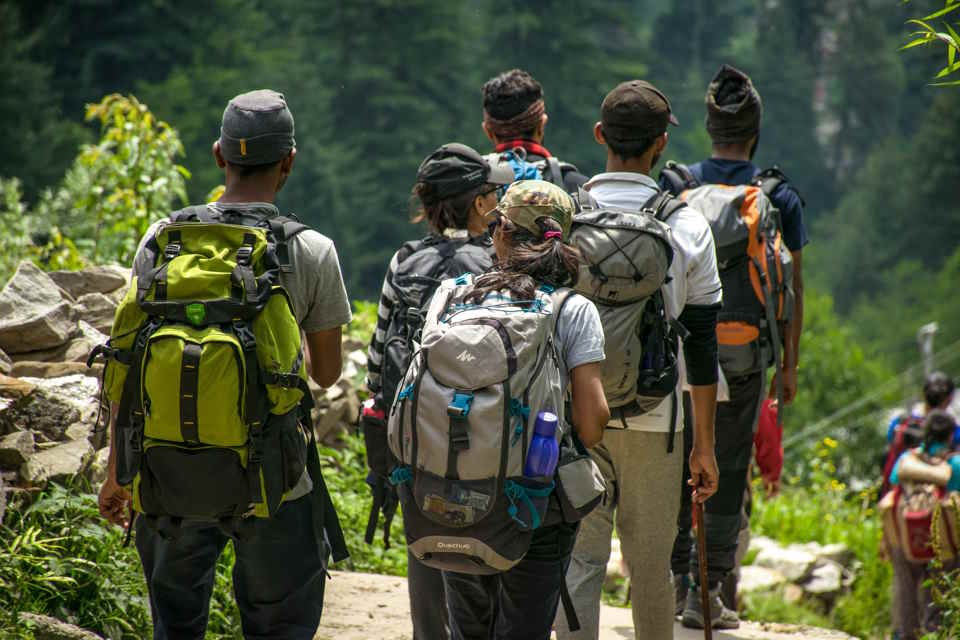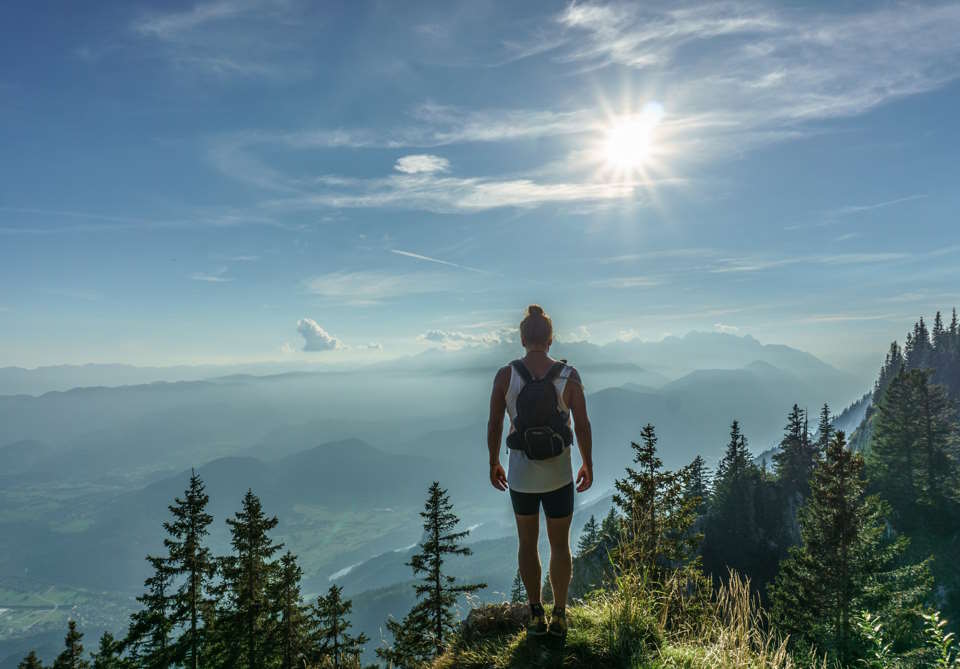Hiking is a thrilling and enjoyable outdoor activity that can make you feel connected to nature. It’s a great way to stay fit and explore magnificent landscapes. However, hiking also comes with some risks and dangers. That’s why it’s essential to know what to avoid while hiking and how to stay safe on the trail. We’ll explore the potential risks and dangers associated with hiking, what to avoid, and how to stay safe while enjoying your hiking adventure. Whether you’re a seasoned hiker or a beginner, these tips will help you have an enjoyable, safe, and memorable hiking experience. So, let’s dive in!
Introduction

Is hiking dangerous? It’s a question that many people ask themselves before embarking on a hiking trip. The truth is, hiking can be dangerous if proper precautions are not taken. But don’t let that scare you away from enjoying the great outdoors!
One of the biggest risks while hiking is getting lost. It’s important to always have a map and compass, and know how to use them. GPS navigation systems can be helpful, but they should never be relied upon completely. It’s also important to stay on marked trails and not wander off into uncharted territory.
- Another risk while hiking is dehydration. Always bring plenty of water with you and remember to drink it regularly, even if you don’t feel thirsty.
- Wearing appropriate clothing and footwear is also important. Avoid cotton clothing, as it does not dry quickly and can lead to hypothermia. Proper footwear will provide the support and stability needed for hiking on uneven terrain.
| What to Avoid When Hiking | How to Stay Safe While Hiking |
|---|---|
| Avoid hiking alone, especially in remote areas. | Always let someone know where you are going and when you plan to return. |
| Avoid hiking during extreme weather conditions, such as thunderstorms or blizzards. | Check weather forecasts before heading out and be prepared for changes in weather. |
| Avoid wildlife, such as bears or snakes. | Learn about the wildlife in the area and how to safely coexist with them. |
By taking these precautions, you can minimize the risks associated with hiking and enjoy your outdoor adventure safely. Remember to always be prepared for the unexpected and to respect the natural environment.
What Is the Risk While Hiking?

If you’re an outdoor enthusiast, hiking in the mountains might sound like the perfect adventure. However, just like any other outdoor activity, hiking has its own set of risks and dangers. When it comes to hiking, the risks can range from mild injuries like cuts and bruises to more severe ones like sprains and fractures. We’ll look at the different risks that come with hiking and what you can do to avoid them.
1. Weather Conditions: One of the most significant risks of hiking is exposure to the elements. Weather conditions like rain, snow, and extreme temperatures can be dangerous if you’re not physically prepared or don’t have the right gear. To avoid this risk, make sure you check the weather forecast before you start hiking and carry appropriate clothing and gear like raincoats, thermal jackets, and hats.
2. Terrain: The terrain you encounter while hiking can pose significant risks. Steep or uneven trails, slippery rocks, and loose soil can lead to falls, sprains, and fractures. To avoid this risk, make sure you choose hiking trails that match your skill level and stick to marked trails. Wearing appropriate footwear like hiking boots with good grip can also help prevent falls and slips.
3. Wildlife: Depending on where you hike, there may be risks associated with encountering wildlife. Animals like bears, snakes, and mountain lions can be unpredictable and may attack if they feel threatened. To avoid this risk, make sure you research the types of wildlife in the area you’ll be hiking in and learn what to do if you encounter them. If you’re hiking in an area with bears or mountain lions, carry bear spray or air horns to scare them off if necessary.
In conclusion, hiking can be a great way to enjoy the outdoors and stay active, but it’s essential to understand the risks associated with it. By following these tips and taking appropriate safety measures, you can reduce the risks and make your hiking experience safe and enjoyable. So, go ahead and plan your next hiking adventure, but make sure you stay safe and aware of your surroundings.
What to Avoid When Hiking?

When it comes to hiking, it’s important to take certain precautions to ensure your safety. One of the most important things to keep in mind is what to avoid when hiking in order to steer clear of any potential dangers.
First and foremost, it’s important to avoid hiking alone, especially if you’re a beginner. Having someone with you can not only make the hike more enjoyable but can also ensure that you have someone there to help you if something goes wrong.
- Another thing to avoid is wandering off the designated trail. Stay on the path at all times to ensure that you don’t get lost or separated from your group.
- It’s also important to avoid hiking during severe weather conditions. Rain, snow, or extreme heat can make the hike more challenging and even dangerous.
Additionally, it’s important to avoid leaving any trash behind. Not only is it detrimental to the environment, but it can also lead to accidents such as tripping or slipping on discarded items.
| Things to Avoid When Hiking |
|---|
| Hiking Alone |
| Going off the designated trail |
| Hiking during severe weather conditions |
| Leaving trash behind |
By keeping these precautions in mind and knowing what to avoid when hiking, you can have a safe and enjoyable hike. Remember to always stay aware of your surroundings, respect the natural environment, and never hesitate to turn back if you feel uncomfortable or unsure.
How Do You Stay Safe While Hiking?

Hiking is an excellent way to stay active and enjoy the great outdoors. However, as with any outdoor activity, there are certain risks involved. It is essential to take steps to stay safe while hiking. Here are some tips on how to stay safe while hiking:
- Plan your hike: Before setting out on your hike, plan your route. Research the trail and the area. Know what to expect, including the terrain, the weather conditions, and the wildlife. This information will help you make informed decisions about your hike and help you prepare for any potential dangers.
- Wear the right gear: You should always wear proper hiking gear, including sturdy shoes or boots with good traction, a hat to protect your head and face from the sun, and breathable clothing that fits snugly but does not restrict movement.
- Bring essential supplies: When preparing for a hike, carry essential supplies like water, food, a map, a compass, a first-aid kit, a whistle, and a flashlight or headlamp. These supplies will help you stay safe in case of an emergency.
| Do’s | Don’ts |
|---|---|
|
|
By following these tips, you can stay safe while hiking and enjoy all the benefits that hiking has to offer.




